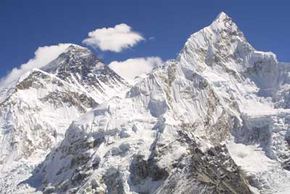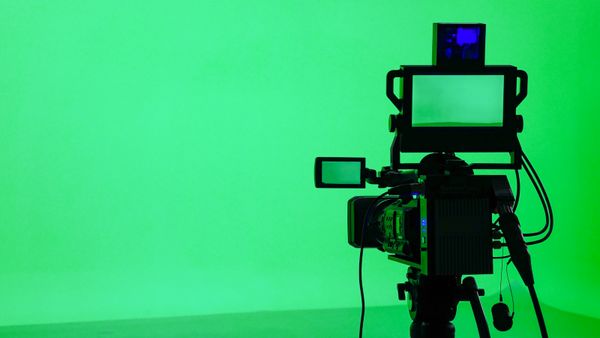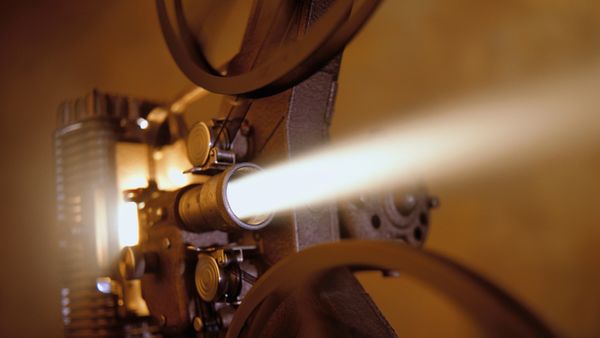If you have read a book like "Into Thin Air," then you know that climbing Mt. Everest is an amazing challenge. The lack of oxygen at the summit can be deadly. To make filming possible, the team working on the Everest film built their own camera, as described on this page.
- The camera weighs only 42 pounds (19 kg) and uses plastics and synthetics both to reduce weight and improve the cold-weather performance. (The camera described in How IMAX Works is the 3-D camera, which is heavier. The Everest camera is 2-D.)
- The film reels hold only 90 seconds of film each.
- A special 6-pound (2.7-kg) lithium battery powers the camera.
Advertisement
Filming on the mountain is still a significant challenge, but at least it is possible for a single person to carry the camera up to the top.
In the case of the space shuttle, all of the films to date have been 2-D, but a 3-D film is being created to document life aboard the craft. Special cameras and film are used to keep the weight down, and then everything is transferred to 15/70 film stock for projection.
Advertisement


